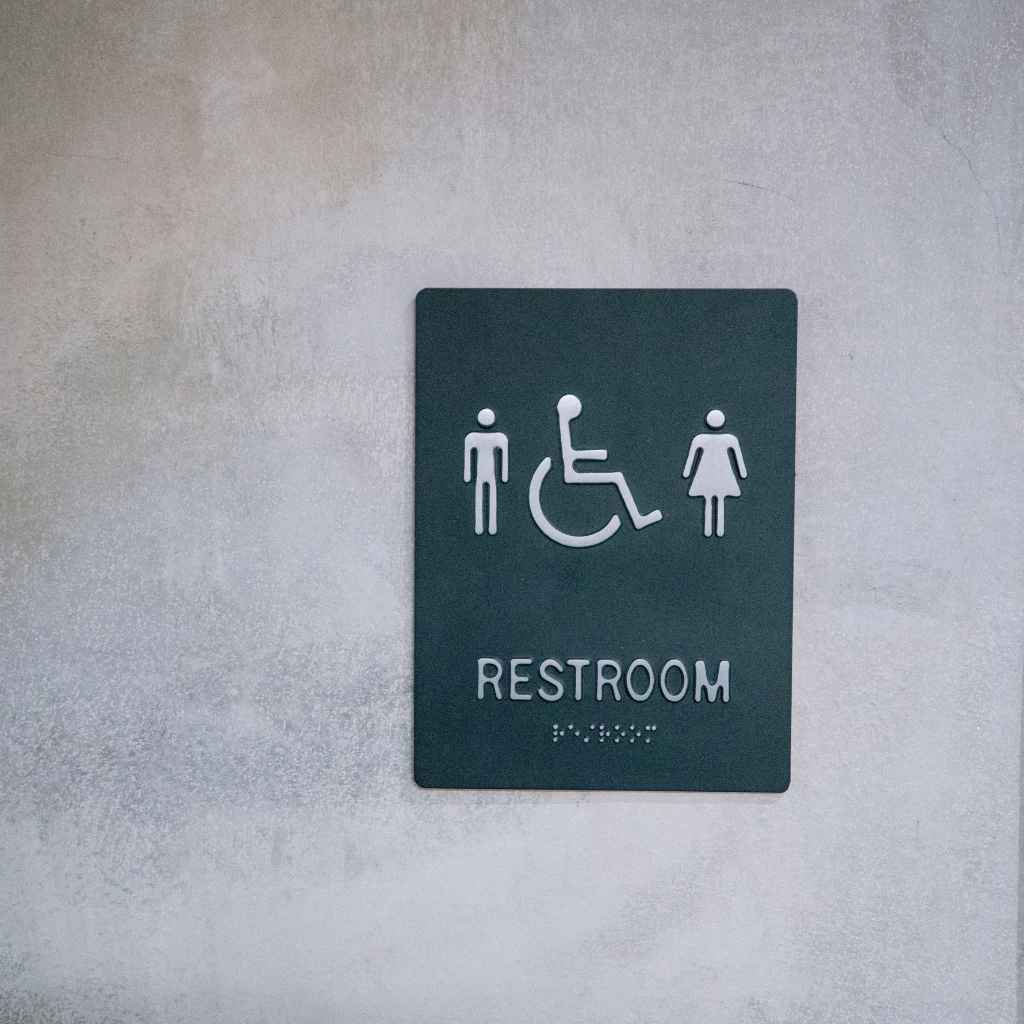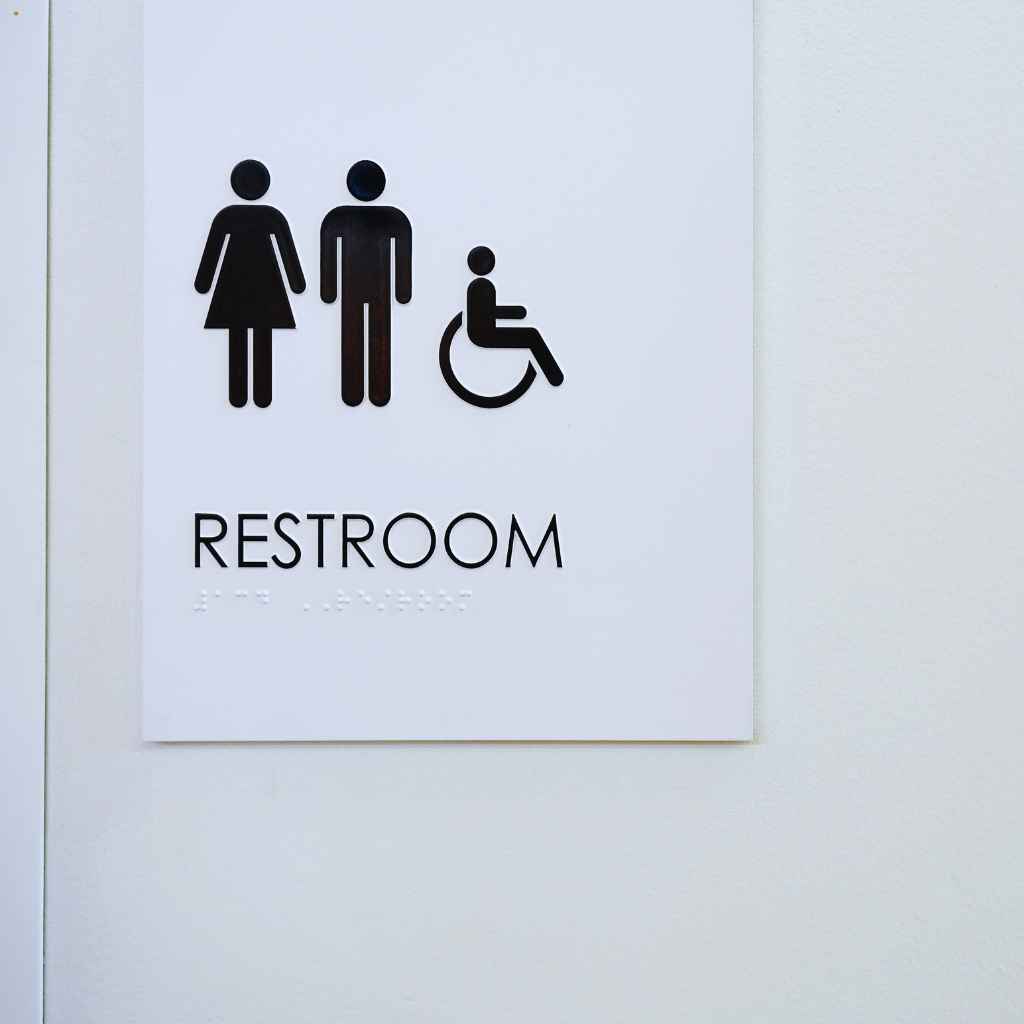Steps To An ADA-Compliant Website: Essential Checklist

- Updated on:
Key Takeaways
- Understanding ADA Compliance: Familiarize yourself with the core principles of accessibility: perceivable, operable, understandable, and robust.
- Building a Strong Foundation: Develop a comprehensive checklist to systematically address ADA compliance issues.
- Prioritize Accessibility: Make accessibility a core part of your website development and maintenance process.
- Utilize Available Resources: Leverage accessibility testing tools and expert guidance.
- Continuous Improvement: Regularly review and update your website to ensure ongoing compliance.
- Inclusive Design: Create a website accessible to everyone, regardless of ability.
- Legal and Reputational Benefits: Adhering to ADA compliance can protect your business from legal issues and enhance your reputation.
Imagine trying to navigate a website when you can’t see the screen, use a mouse, or hear audio cues. For millions of people this is their daily reality.
The Americans with Disabilities Act (ADA) challenges us to see the internet through different eyes, empowering us to create digital spaces that truly welcome everyone. ADA compliance isn’t about adhering to a set of rules—it’s about opening doors and building connections.
In this post, we’ll explore practical steps to make your website ADA-compliant. These aren’t just technical fixes; they’re ways to show your commitment to inclusivity and respect for all users.
Core Components Of An ADA-Compliant Website

1. User Interface
All information and user interface components must be presented in ways that can be perceived by users with disabilities.
This includes providing alternative formats of content for those who cannot see or hear.
- Alternative Text (Alt Text): Provide descriptive alt text for images, videos, and other non-text content.
- Color Contrast: Ensure sufficient color contrast between text and background for readability.
- Headings and Structure: Use clear headings and proper HTML structure to improve navigation and accessibility.
- Captions and Audio Descriptions: Provide captions and audio descriptions for multimedia content.
2. User Navigation
Users can interact with and navigate effectively on operable websites.
This principle is essential for individuals with motor impairments or those who rely on assistive technologies.
- Keyboard Accessibility: Ensure all website functionality can be operated using a keyboard.
- Time-Based Media Controls: Give users control over audio and video playback.
- Seizure Safety: Avoid content that may trigger seizures, such as flashing or blinking elements.
- Navigation: Implement clear navigation menus and landmarks to assist users in finding content.
3. User-Friendly Content
With understandable content users of all abilities can easily understand website information and functionality.
It involves clear communication and a logical website structure.
- Readable Content: Use clear and concise language, avoiding complex sentence structures.
- Consistent Navigation: Maintain consistent website navigation for predictability.
- Error Prevention: Design forms to minimize errors and provide clear error messages.
- Help and Support: Offer accessible help and support options for users.
4. Compatible Content
Your website should be accessible to all users, regardless of their abilities or the technology they use.
To achieve this, create content compatible with various technologies and browsers, including assistive tools. Future-proofing your website ensures it remains accessible as technology evolves.
- Compatibility with Assistive Technologies: Ensure your website works with screen readers, screen magnifiers, and other assistive technologies.
- Future-Proof Design: Build your website with flexibility and adaptability in mind to accommodate future technological advancements.
Is your website ADA Compliant?
Building Your ADA Compliant Website

Define your scope by identifying the target audience.
Determine the specific types of disabilities you want to focus on (e.g., visual, hearing, motor, cognitive). Assess your website complexity and consider the size and structure of your website to prioritize areas for improvement.
Conduct a Thorough Website Audit
- Review website content: Examine all text, images, videos, and interactive elements for accessibility.
- Check for keyboard navigation: Verify that all functions are keyboard accessible.
- Evaluate color contrast: Use tools to measure color contrast ratios.
- Test form accessibility: Ensure proper labeling, error messages, and keyboard navigation for forms.
- Analyze mobile accessibility: Verify website functionality and accessibility on different screen sizes.
Create A Prioritized List
- Identify critical issues: Focus on high-impact accessibility problems first.
- Categorize issues: Group issues by area (e.g., perceivable, operable, understandable, robust).
- Assign responsibilities: Determine who will address each issue.
- Set deadlines: Establish a timeline for implementing changes.
Utilize Accessibility Testing Tools
- Choose appropriate tools: Select tools that align with your website’s complexity and your team’s expertise.
- Regularly scan your website: Conduct ongoing assessments to identify new issues.
- Interpret results: Understand the tool’s output and prioritize issues accordingly.
PRO TIP!
Ensure all images have descriptive alt text to enhance accessibility for screen readers.

Emily Johnson
Certified Access Specialist (CASp) Inspector
Involve Your Team
- Communicate accessibility goals: Ensure everyone understands the importance of ADA compliance.
- Provide training: Offer training on accessibility best practices.
- Foster a culture of inclusivity: Encourage employees to consider accessibility in their work.
Example Checklist Template
Here’s a basic template to get you started:
| Area | Issue | Action | Deadline | Responsible |
|---|---|---|---|---|
| Perceivable | Missing alt text for images | Add descriptive alt text | [Date] | [Name] |
| Operable | Keyboard navigation issues | Fix keyboard traps and focus order | [Date] | [Name] |
| Understandable | Complex language | Simplify content | [Date] | [Name] |
| Robust | Compatibility issues with screen readers | Test with different screen readers | [Date] | [Name] |
Ongoing Monitoring And Maintenance
- Regularly review and update your checklist: Add new issues as they arise and remove resolved ones.
- Stay informed about ADA regulations: Keep up with changes in accessibility standards.
- Conduct user testing: Continuously gather feedback from users with disabilities.
By following these steps and creating a tailored checklist, you can effectively address ADA compliance on your website and create a more inclusive online experience for all users.
ADA compliance is an ongoing process. Regularly review and update your website to maintain accessibility. Stay informed about the latest accessibility standards and technologies.
Additional Considerations For Your ADA Compliant Website
- WCAG Conformance: Adhere to the Web Content Accessibility Guidelines (WCAG) for technical standards.
- User Testing: Conduct regular user testing with individuals with disabilities to identify and address accessibility issues.
- Accessibility Statement: Communicate your commitment to accessibility through a website accessibility statement.
Creating an ADA-compliant website is essential for reaching a wider audience and demonstrating your commitment to inclusivity. By following these guidelines and prioritizing accessibility throughout the design and development process, you can create a website that is accessible to everyone.
Start your ADA compliance journey today!
Frequently Asked Questions
What are the potential consequences of non-compliance with ADA website regulations?
Non-compliance with ADA website regulations can lead to legal actions, financial penalties, and damage to your business reputation.
How can I determine if my website is ADA-compliant?
You can use accessibility testing tools, conduct manual reviews, or hire an accessibility expert to assess your website’s compliance.
How do you divert water runoff from a What is the difference between WCAG and ADA?driveway?
WCAG (Web Content Accessibility Guidelines) is a technical standard for web accessibility, while the ADA is a civil rights law that mandates accessibility.
How much does it cost to make a website ADA-compliant?
The cost of ADA compliance varies depending on the website’s complexity and the extent of required changes.
What is the role of alt text in ADA compliance?
Alt text provides essential information about images and other non-text content for users who cannot see the content. It is crucial for screen reader users.

Written by Emily Johnson
Certified Access Specialist (CASp) Inspector
Emily Johnson, a Certified Access Specialist (CASp) Inspector in Los Angeles with over 10 years of experience. Her goals include increasing ADA compliance awareness and mentoring new inspectors, while she faces challenges such as client resistance and balancing fieldwork with administrative tasks.
RECENT POSTS
CATEGORIES
Get a free quote today!
By clicking “Submit”, you are signing up to receiving emails from us. You can unsubscribe whenever you like. SMS rates may apply.
Get the Inside Scoop On ADA Compliance.
Check out our blog!










